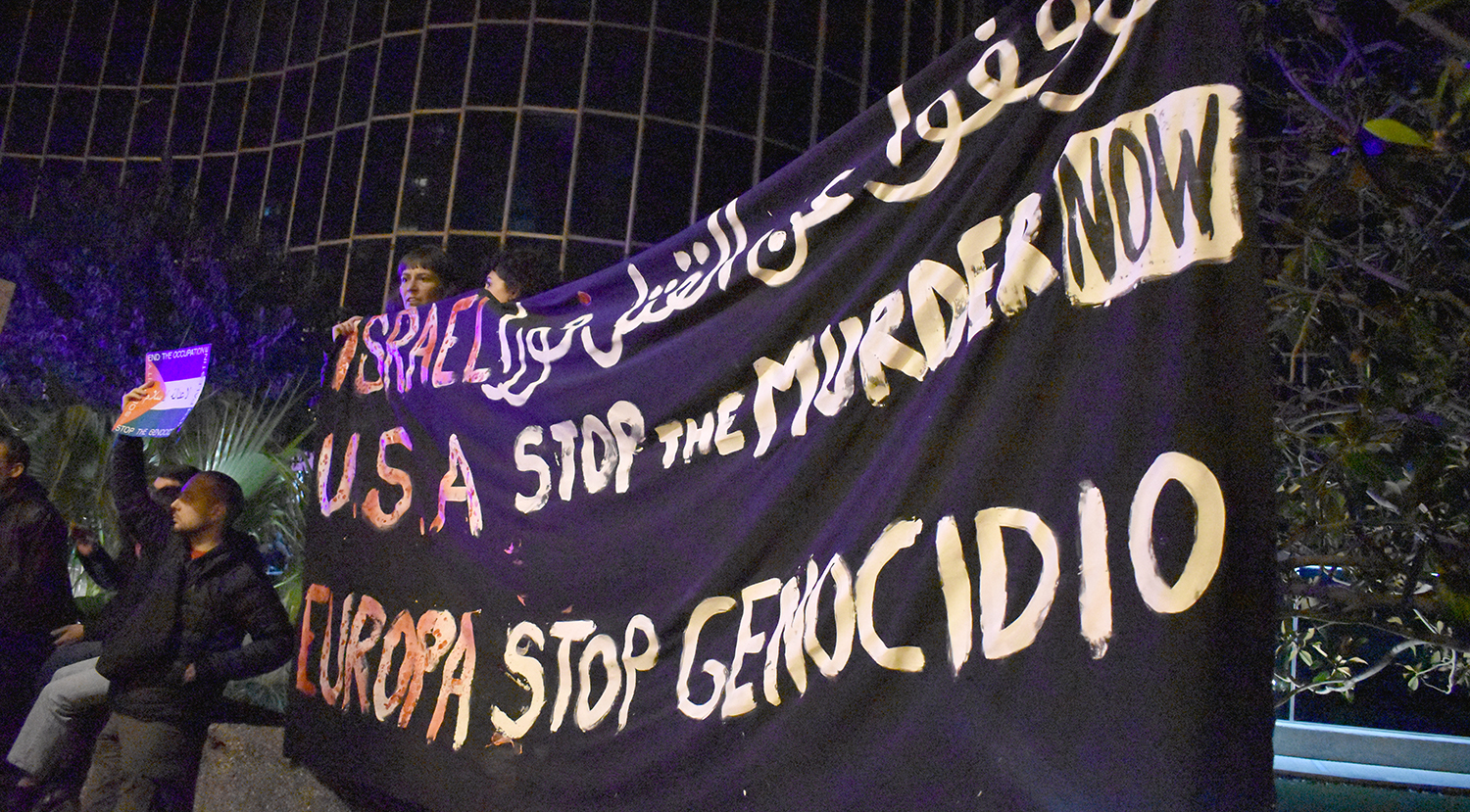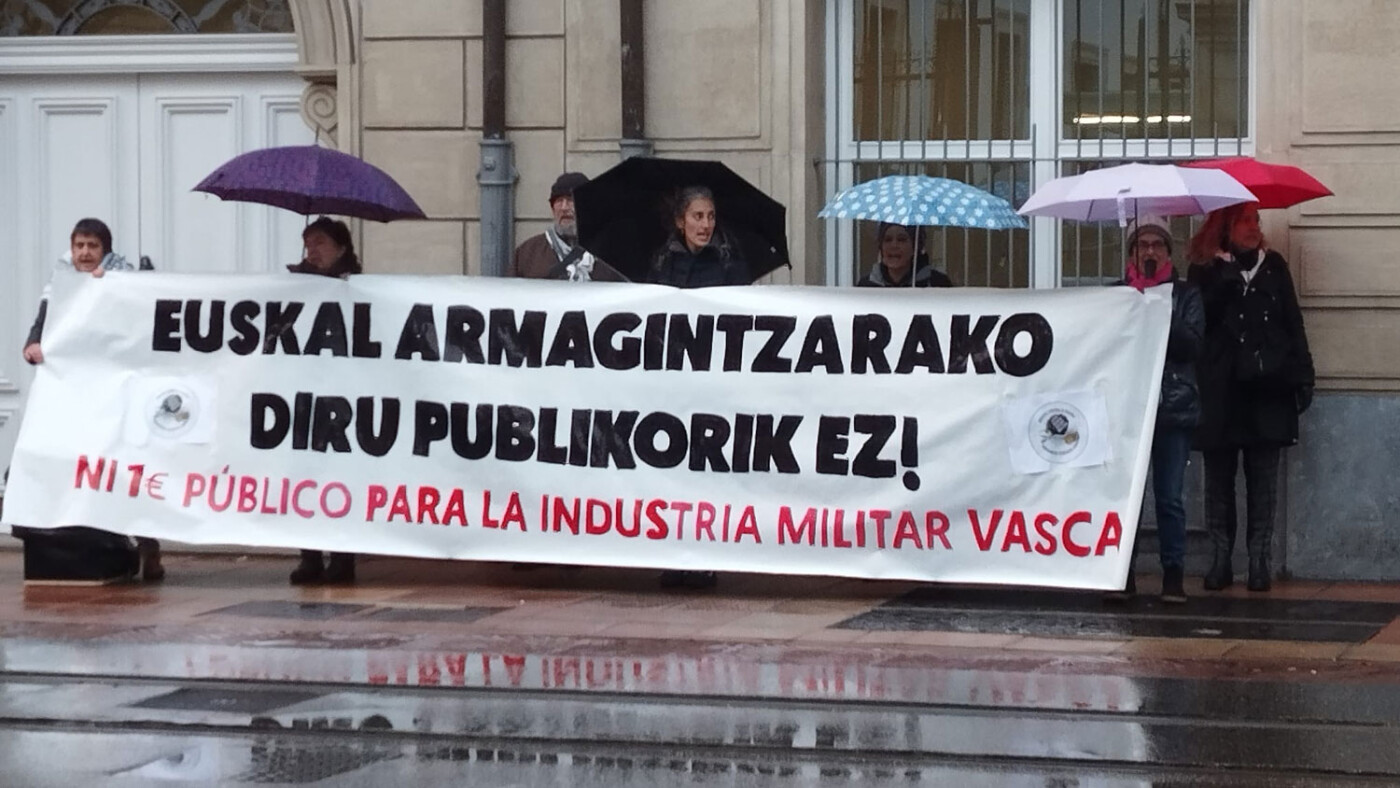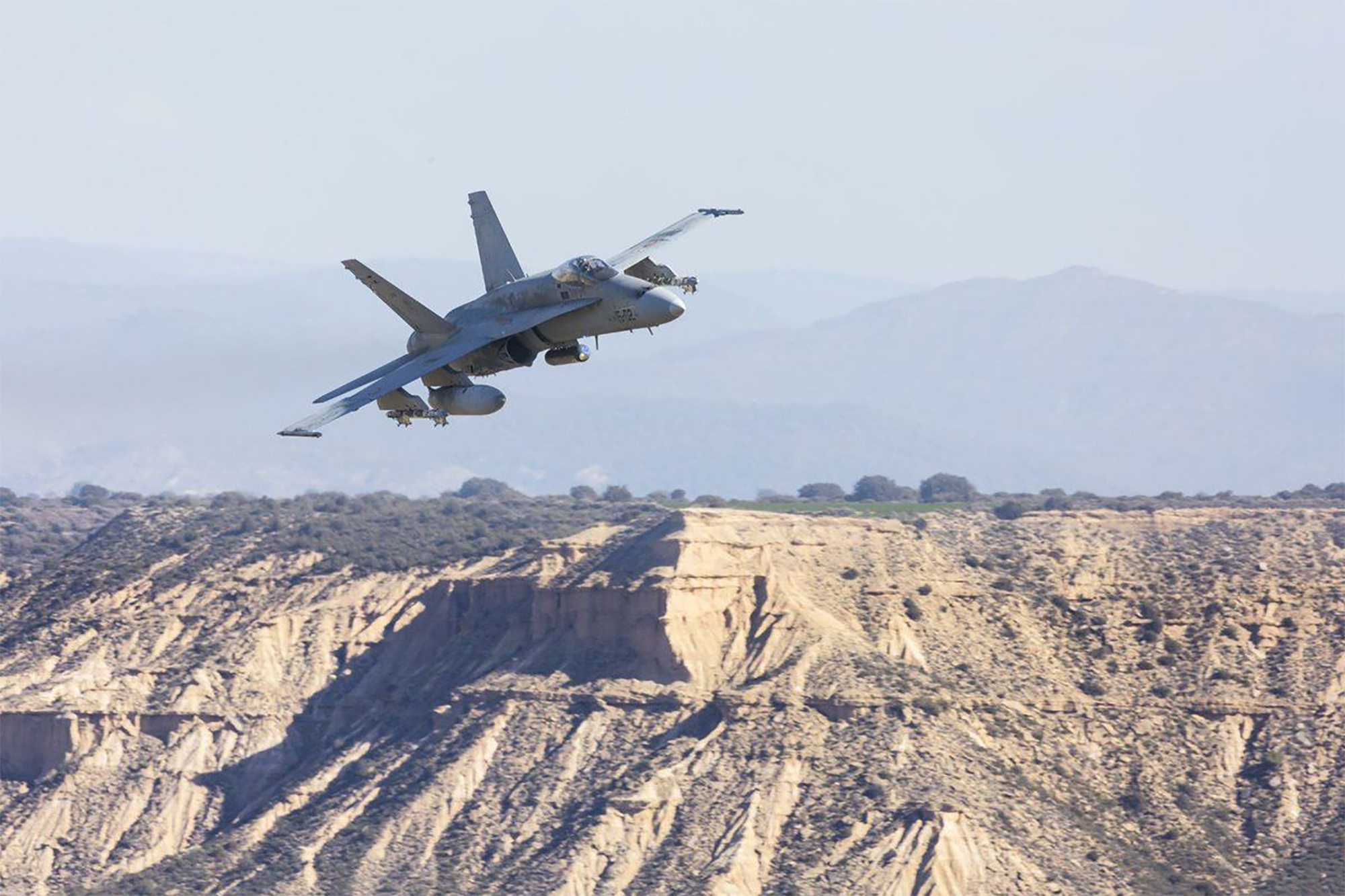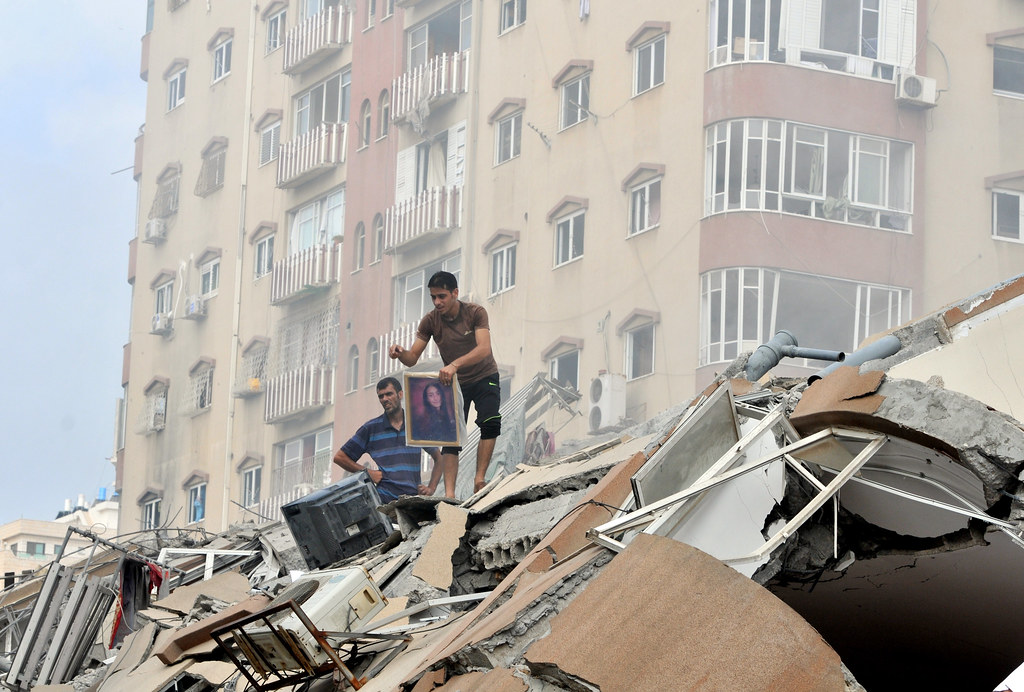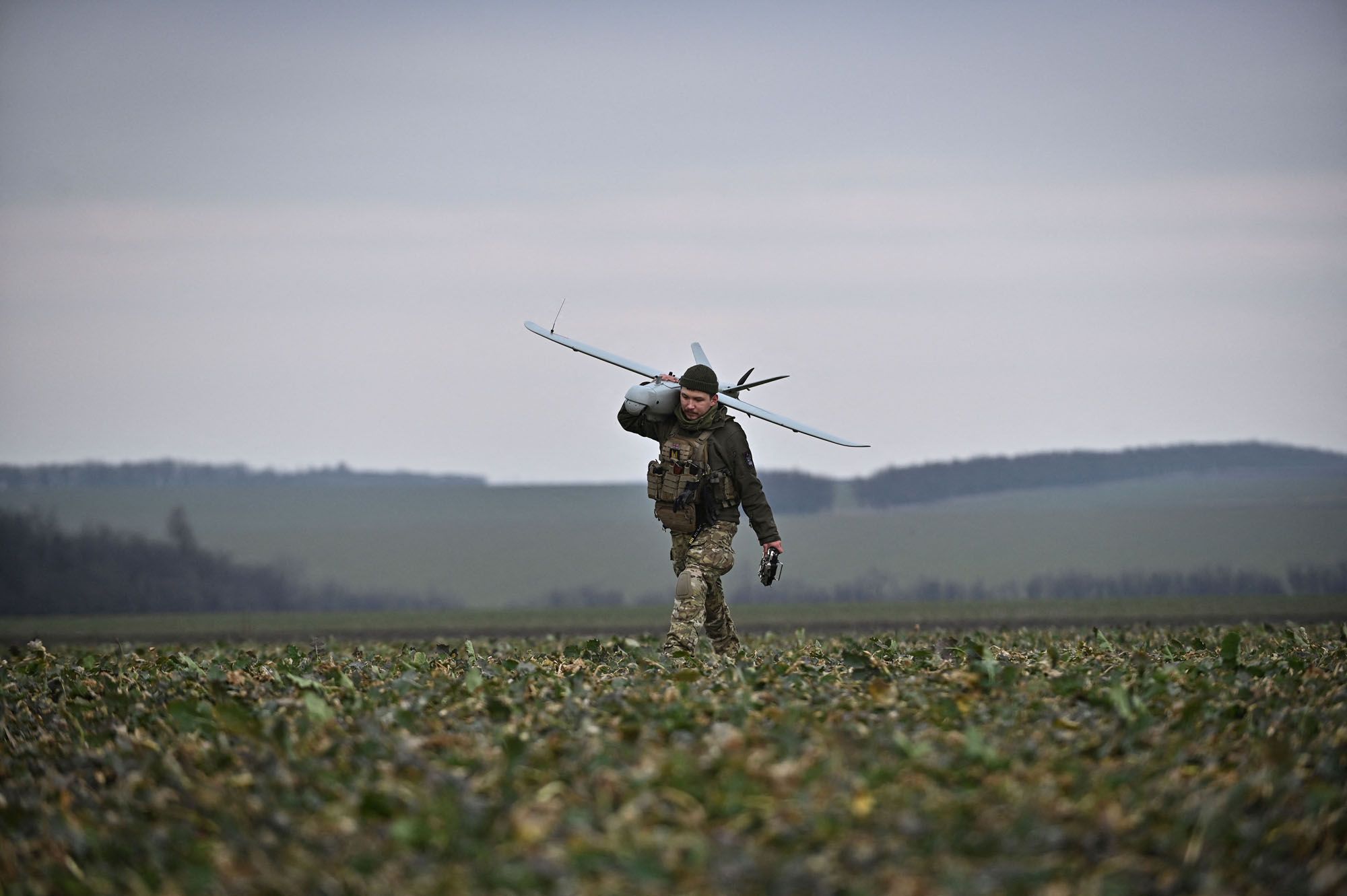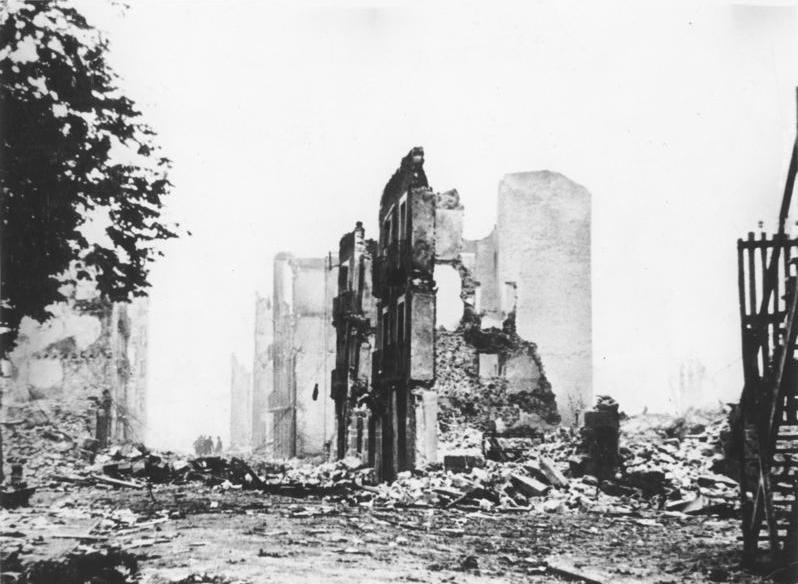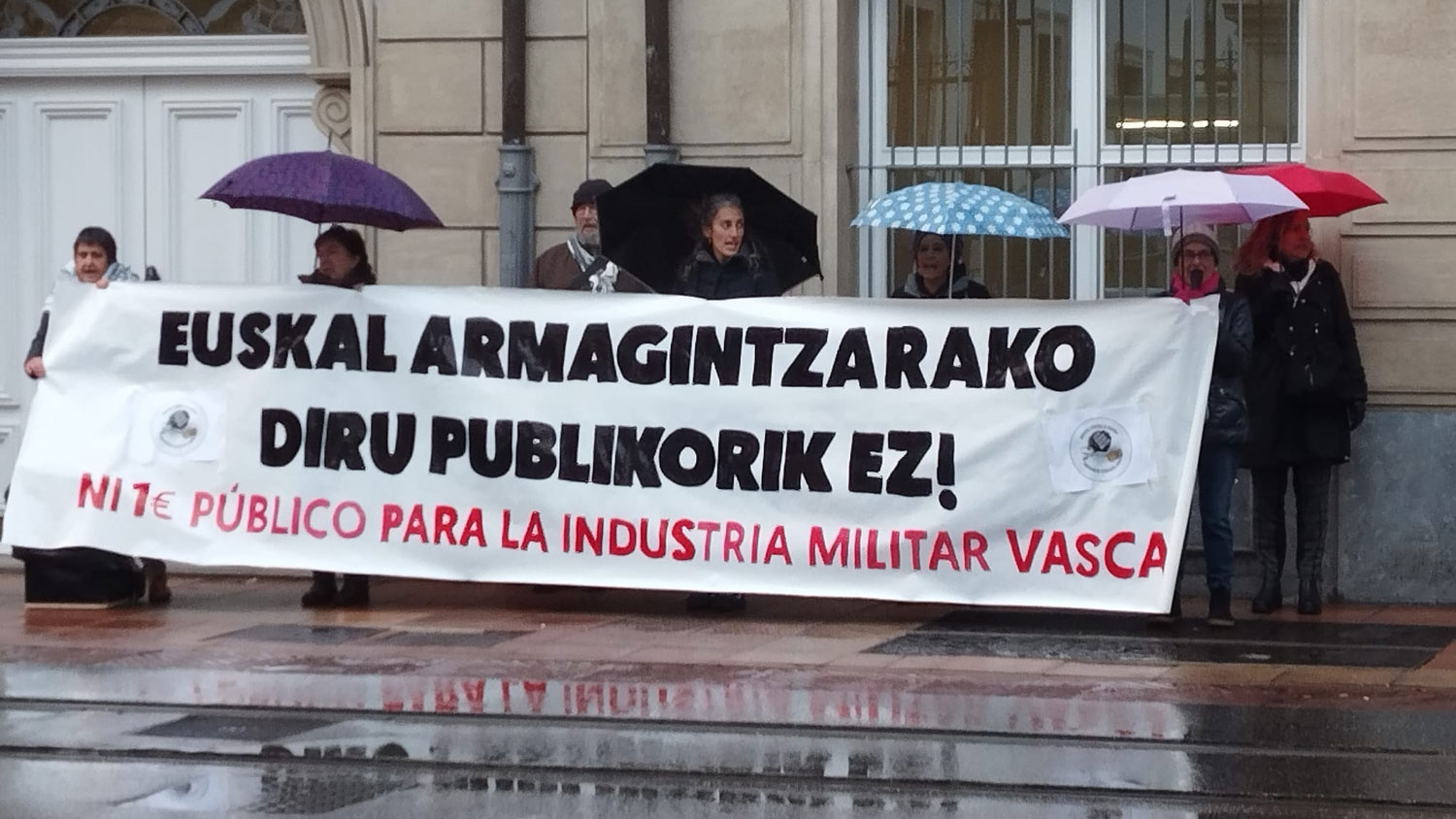The international community does not hear explosions of Sudanese bombs and calls for the peace of its citizens.
- The 2019 popular revolution allowed Omar al-Baxir, president of 30 years to take off power. The former president was dismissed with the help of the army, but they continued to fight for the democratic transition, with the aim of creating a government composed exclusively of citizens. The new coups of state that would come later would show them that the clumsy was the road. The war that began six months ago has made all hope disappear. Since 15 April, the Sudanese have been embroiled in a bloody and complex war that the world does not see.

Not all wars receive the same mention. In all of them they are exiled, beaten, killed, raped and hurt for life, but not all are given equal attention. The clearest example is the war in Ukraine, and at the other end is Sudan. The states of Egypt, Libya, Chad, South Sudan, Ethiopia and Eritrea surround Sudan, ranked in the 20 poorest countries in the world. A war was added to poverty six months ago, and without reaching a peace agreement, the Westerners' ears score their days and nights with sounds of bombs and gunshots that they don't hear.
5,000 Sudanese, four million displaced, hundreds of thousands of “famines” and thousands of people beaten, tortured or raped, killed by war for six months. These are figures from the United Nations and the Secretary-General responsible for humanitarian problems, Martin Griffiths, raised the alarm: “This ongoing conflict, and the resulting famines, diseases and displacement, can wipe out all the people.” This disappearance is even more likely because climate is the sixth most vulnerable country in the field of emergency and the need to deal with extreme weather events. And it's even more likely, because the reality of the poor African people is far from international priorities. William Carter of the Norwegian Refugee Council regrets: “The situation in Sudan is not being looked at. It's not an ant, it's an apathy."
But what caused the war on April 15, 2023? How did they become rivals since 2021 in Head of State and Army Chief Abdel Fatah al-Burhan, deputy in the Transitional Sovereign Council, and Vice-President Mohamed Hamdan Dagalo, named Hemetti? What do the thousands and thousands of oranges who took to the streets in 2019 say against Omar al-Baxir, who was in power since 1989? What do the Al-Burhan and Dagalo say that during the uprising they extolled peace and democracy and promised the transition from the beginning of the civil war? Big questions, even when the potologist is a war that is not mentioned in international media.
The transition in words, the usual in actions
The wind of hope among the Sudanese dominated on 11 April 2019 when they withdrew from al-Baxir power and gained the opportunity to form a democratic government. The Freedom and Change Force FFC, which was at the forefront of the popular revolution, pursued on the street the goal of the civil government, suffering dozens of deaths from army repression. The Transitional Military Council, with the help of the paramilitary group RSF, the Rapid Aid Force, including the war, recalls the “Khartum Massacre” of 3 June suppressed.
Finally, the agreement of 17 July approved that power should remain in the hands of the military for three years, with a clear commitment to subsequently form a civil government through elections. During the first twenty-one months of the transition, the military led the Sovereign Council and then the citizens. The Council was composed of eleven persons, namely five civilians, five military and one civilian elected by both sides. But one month before the driving is broadcast, on October 25, 2021, al-Burhan made a new bump, blistering what was agreed and assuming all the powers. Soon tens of thousands of Sudanese went to the streets of Khartum. On 27 February 2022, the Citizen Resistance Committees submitted a letter of support for the transition. In the end, the two sides agreed something, but with less protection from the Freedom and Change Force and the citizens, leaving more power to the army: “The Armed Forces are the Nation’s security valve, will keep it fused and protect its land,” says Al-Burhan. The agreement of 5 December 2022 clearly included the roadmap and the document involving the change that supporters of the regime of the former dictator Army and al-Baxir, Dagalo nearby and friend al-Baxir, “disappeared completely” from political affairs. But neither the military nor the friends of al-Baxir want that.
Power struggle in the field of citizens' lives
They want to stay in power, and war is a sign of it: al-Burhan, head of the army, and Dagalo, of the Rapid Aid Forces, want to stay to the fullest. Furthermore, concerns and disagreements about the unification of the paramilitary group and the army referred to in the agreement led to war between the two.
Dagalo has achieved the formation of an armed group, as powerful as the Sudanese army, which already has three quarters of the capital of Khartum under its control and is besieged by numerous positions of the Sudanese army. Al-Burhan had to leave the capital, placing his headquarters in the city of Port Sudan. Since April, there have been ten firebreaks, all of which are fragile and there is still no willingness to abandon weapons. Saudi Arabia and EE.UU. Or the East African Bloc has done the negotiations so far. Six months after the outbreak of the war, Sudan is entirely divided into two parts, and according to some experts, al-Burhan could declare the composition of a new government by eastern Sudan, Port-Sudan, and Dagalo do the same for the south and finally open the way for the people to redivide into two.
Today, the hope for the formation of the 2019 civil government has disappeared for the Sudanese, because the warriors seek more power than peace, and because in addition the neighboring peoples prefer a military partner, and a civil government in the exercise of democracy, because the hunger for freedom can be contagious ...
Bizitza erdigunean jartzeko abagunea ikusi genuen feministok zein ekologistok Covid-19 pandemia garaian. Ez ginen inozoak, bagenekien boteretsuak eta herritar asko gustura itzuliko zirela betiko normaltasunera. Bereziki, konfinamendu samurra pasa zutenak haien txaletetan edo... [+]
At the end of June we finished the first parts of the book Conversión de la industria militar en Euskal Herria para no fabricar más guerras (Adaptation of the arms industry in the Basque Country so as not to create more wars) La guerra is coming! It explores and investigates... [+]
Intsumituek denbora luzez egindako borroka gogorra eta mingarria izan zen, baina irabazi zuten, eta garaipen hura behin betikoa izango zela uste genuen, atzera bueltarik gabea. Baina badirudi, politikari batzuen ahotik aterata, eskalada militaristari gorazarre egin eta berriz... [+]
Europako Batzordeak aurkeztu duen plana ustezko gerra edo hondamendi baten aurrean “bizirauteko” kit batetik harago doa: hogeita hamar neurri proposatu ditu eskoletan, enpresetan eta herritarren artean militarismoa eta beldurra sustatuko dutenak.
“Ez dugu gerraren aurrean etsi nahi, ez dugulako hilerrietako bakea nahi”, dio manifestuak, eta agintariei irtenbide politiko baten alde lanean jartzeko eskatu diete. Sinatzaileen artean daude Delàs institutua, Gernika Gogoratuz edo Ongi Etorri Errefuxiatuak... [+]
Orain dela 20 bat urte, berrikuntzaren inguruan master bat egin nuen. Bertaraturiko gonbidatu batek esan zigun gizakion historian berrikuntza teknologikoaren eragile handiena gerra izan zela. Gerra, halaber, eragile handia da botere harremanen berrikuntzan.
Berrikuntzaz ari... [+]
Israelek eraso masiboak abiarazi ditu berriro ere Gaza osoan: Khan Younis eta Rafan Gaza hegoaldean, Gaza Hirian iparraldean eta eta Deir el-Balah-n erdialdean. "Familiak seme-alaben gorpuzkiak eskuetan zituztela iristen ziren ospitalera", adierazi du lekuko batek.
1986. urtean Espainiako Estatuak NATOn jarraitzearen aurkako botoa eman zuen euskal gizarteak. Denborak ematen duen perspektibak oraindik ez du azaldu zeintzuk izan ziren gizartearen arrazoi sakonak gerra erakundean parte hartzeari uko egiteko.
Felipe Gonzálezen... [+]
Ukraina da munduan arma gehien erosten dituen herrialdea; munduko erosketa guztien %8,8. Merkatuaren ia erdia kontrolatzen duena, berriz, AEB dira: Europak erosi dituen armen erdia baino gehiagok jatorri estatubatuarra dute.
Ezpatak, labanak, kaskoak, fusilak, pistolak, kanoiak, munizioak, lehergailuak, uniformeak, armadurak, ezkutuak, babesak, zaldunak, hegazkinak eta tankeak. Han eta hemen, bada jende klase bat historia militarrarekin liluratuta dagoena. Gehien-gehienak, historia-zaleak izaten... [+]
Euskal Herriaren industriaren etorkizuna ezin dela "heriotzaren, odolaren eta armen gainean" eraiki aldarrikatu dute mobilizazioaren antolatzaileek. Euskal erakundeen nahiz alderdi politikoen "isiltasuna" salatu dute.
Porzheim, Germany, February 23, 1945. About eight o’clock in the evening, Allied planes began bombing the city with incendiary bombs. The attack caused a terrible massacre in a short time. But what happened in Pforzheim was overshadowed by the Allied bombing of Dresden a few... [+]











